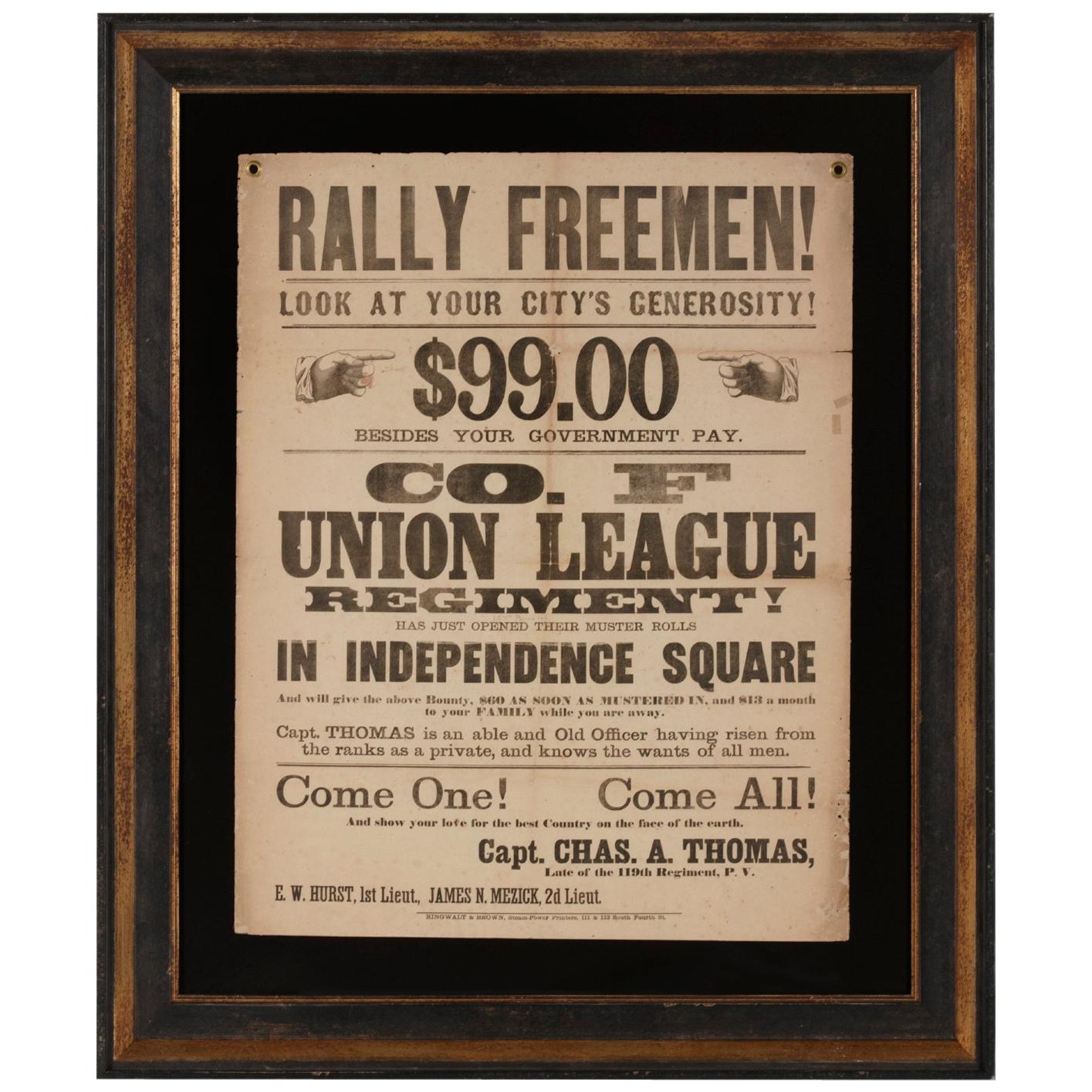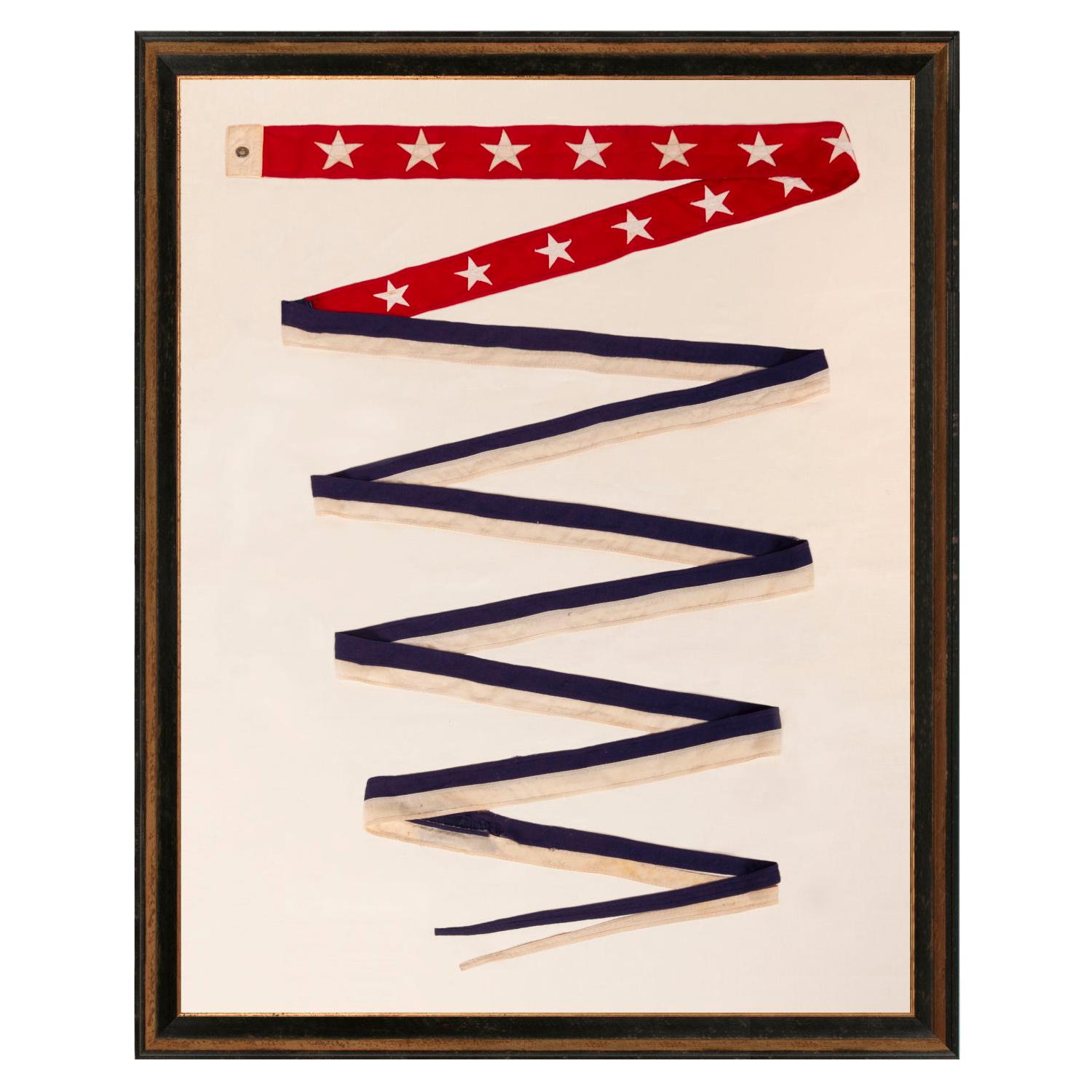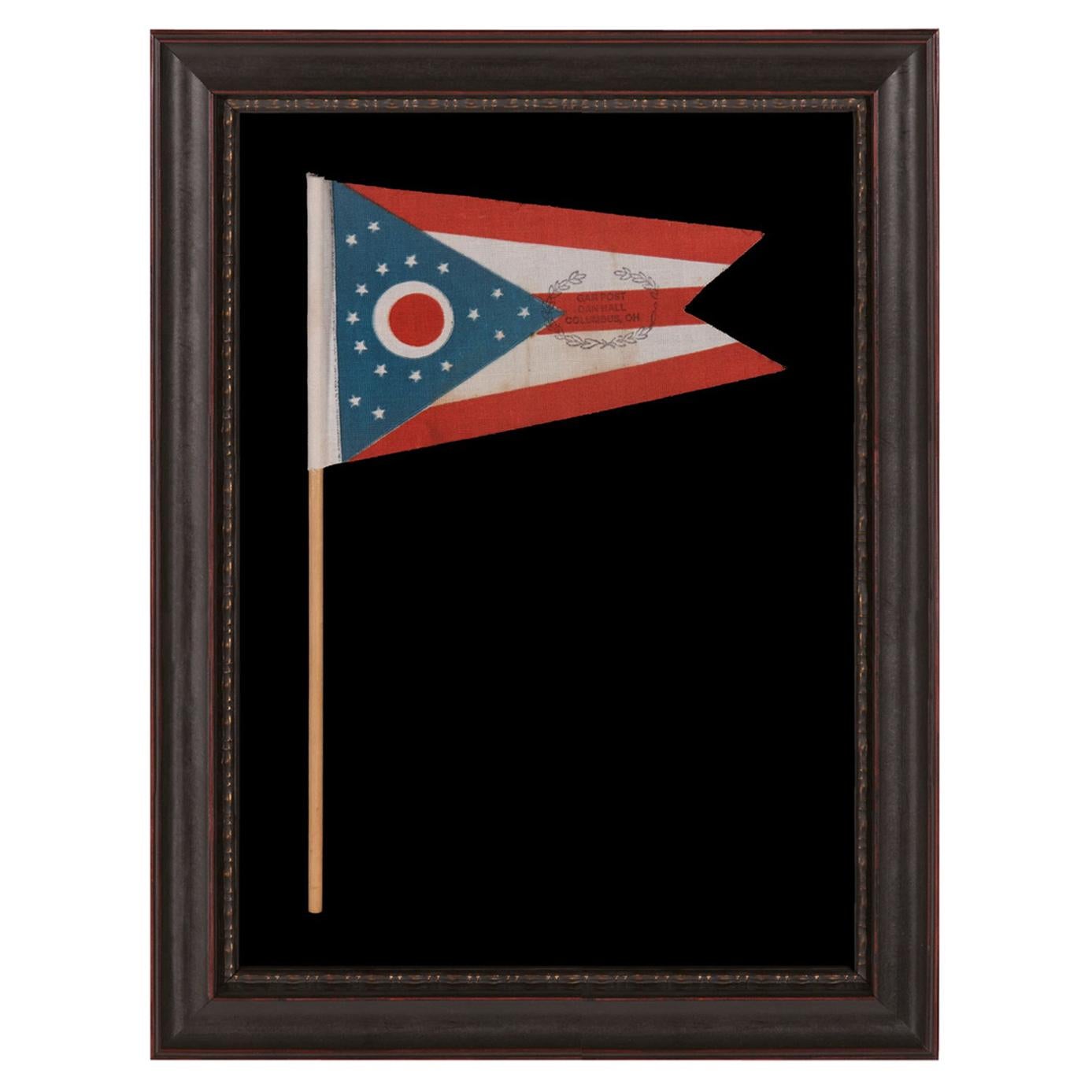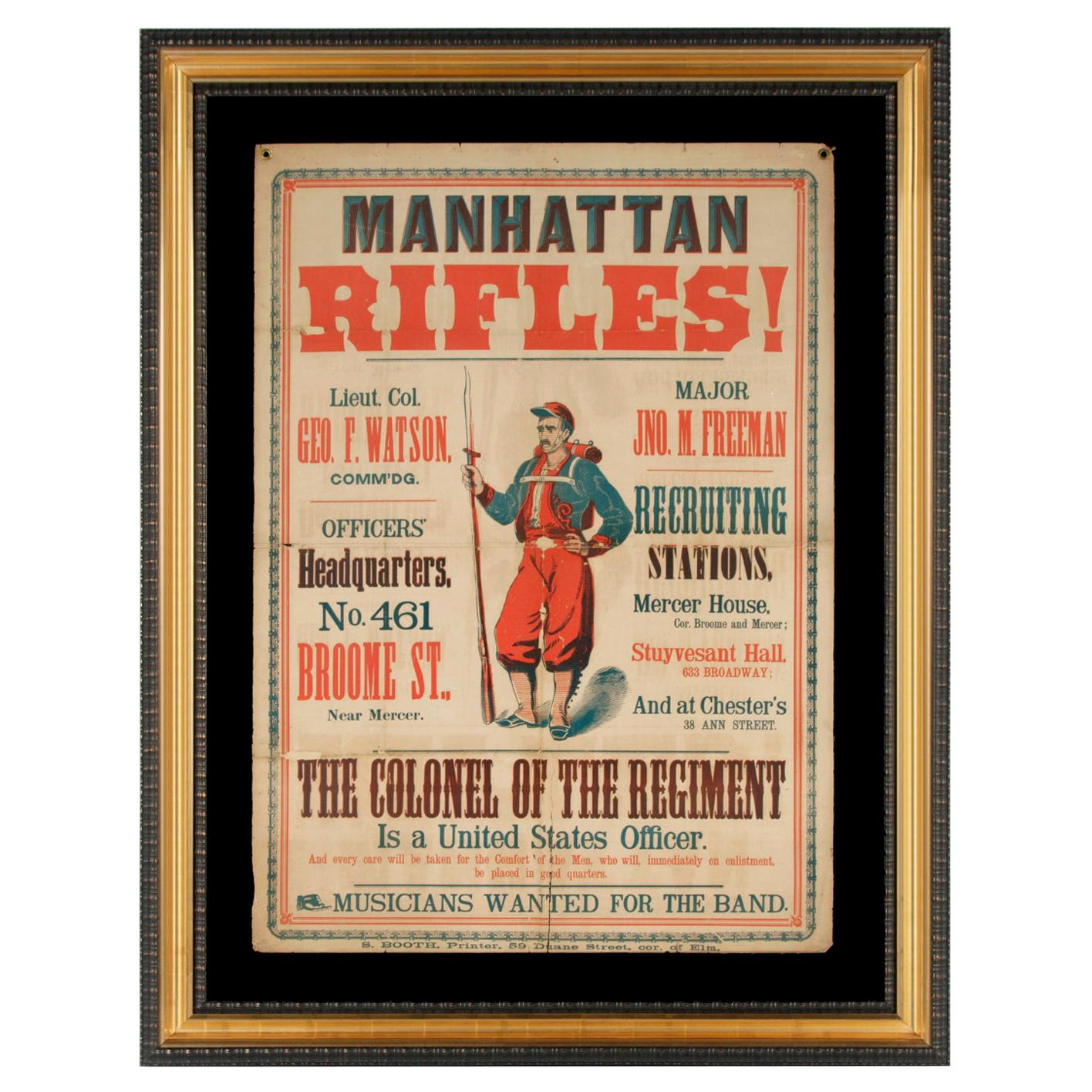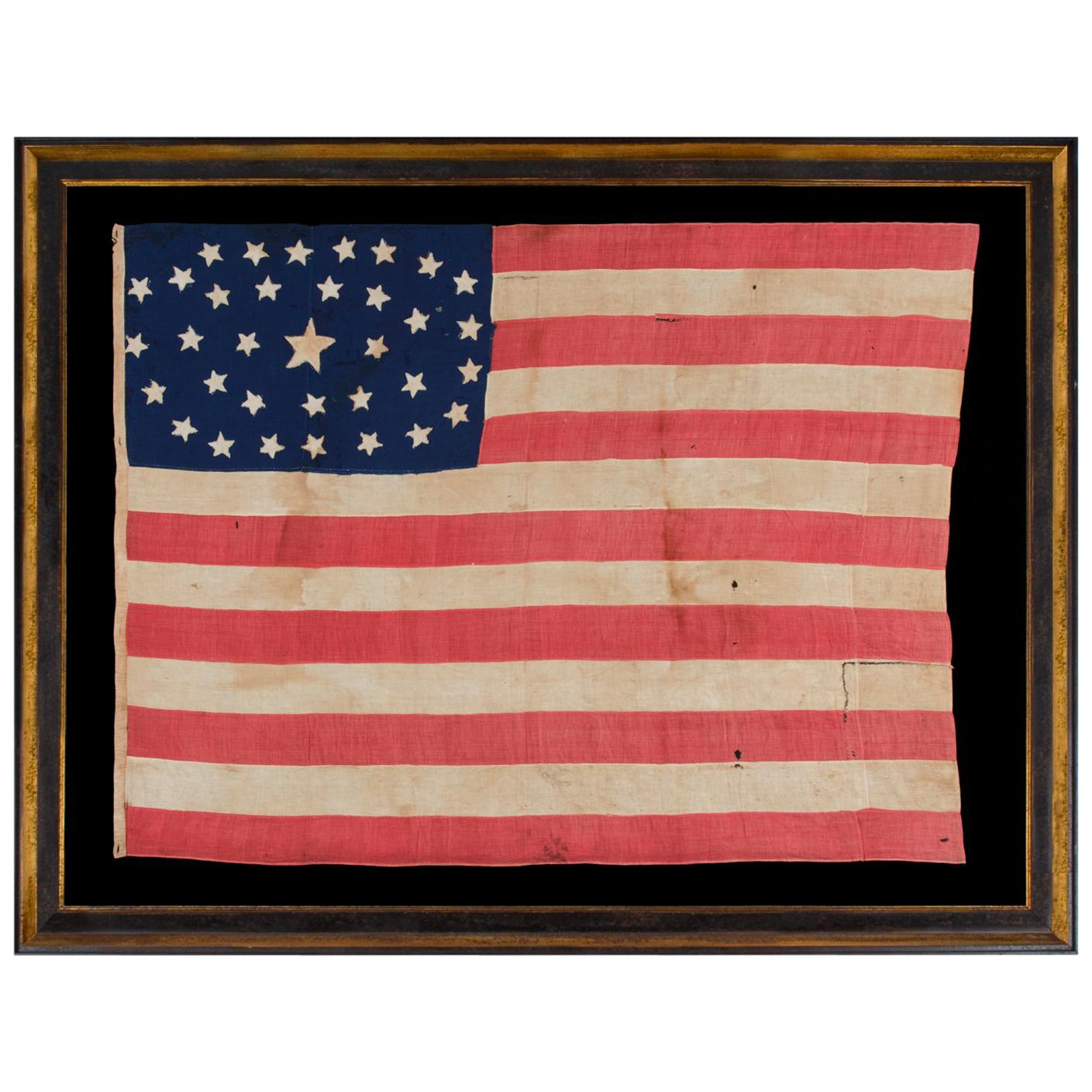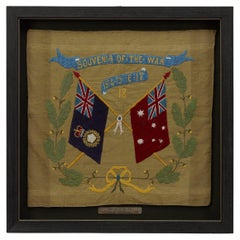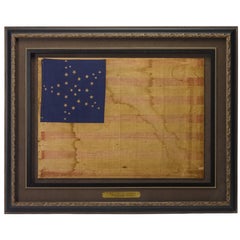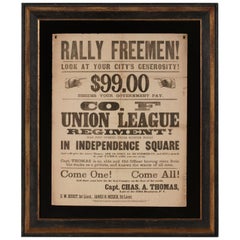
Carl Zeiss 12 x 60 German Observation Binoculars, Second World War
View Similar Items
Want more images or videos?
Request additional images or videos from the seller
1 of 5
Carl Zeiss 12 x 60 German Observation Binoculars, Second World War
About the Item
- Creator:Carl Zeiss (Maker)
- Dimensions:Height: 50 in (127 cm)Width: 24 in (60.96 cm)Depth: 15.5 in (39.37 cm)
- Materials and Techniques:
- Place of Origin:Germany
- Period:
- Date of Manufacture:1939-1945
- Condition:Wear consistent with age and use.
- Seller Location:Colorado Springs, CO
- Reference Number:Seller: OT4931stDibs: LU909723030692
About the Seller
4.9
Platinum Seller
These expertly vetted sellers are 1stDibs' most experienced sellers and are rated highest by our customers.
Established in 2010
1stDibs seller since 2011
398 sales on 1stDibs
More From This SellerView All
- Carl Zeiss 12 x 60 German Observation Binoculars, Second World WarLocated in Colorado Springs, COThis is an exceptional 20th century WWII German 12x60 observation binocular, presented on an adjustable wooden tripod. The binoculars were manufactured by the company Carl Zeiss. Carl Zeiss is a German manufacturer of optical systems, founded in Jena, Germany in 1846 by optician Carl Zeiss. These binoculars were used for long-watch land and sky observation by German forces between 1939 and 1945. The binoculars were ruggedly constructed to withstand the rigors of field service. They were used for various tasks, including daylight observation of enemy troop movements, directing fire from artillery toward advancing enemy troops and armor, directing fire at enemy aircraft, and night observation. The angle of the binoculars allowed the observer to sustain watch for long periods of time. The angle also permitted a necessary versatility, as the watchman was able to perform both higher aerial observation and observation of enemy troops on the same visual plane as the watchman. The wartime code for this binocular, “blc”, is engraved on the side of the binocular. “blc” is the secret manufacturing code assigned to Zeiss by the German Army Ordnance Department. The use of the “blc” code instead of the company’s normal logo on the side was a precautionary one, to ensure the secrecy of factory production should the binocular fall into enemy hands. World War II binoculars are true military weapons, designed for defense and reconnaissance. They were never designed for civilian use, and were constructed without cost in mind, as the reliability of the optics far outweighed the monetary cost. The eyepieces can be adjusted for focus and the distance between your eyes with a turn of a knob, as can the shade settings for the lenses. This particular binocular also possesses sun filters. It was a known military tactic to fly in line with the sunlight and filters helped to cut the glare of the sun to increase plane and bomber tracking. This stunning antique...Category
Vintage 1940s Scientific Instruments
MaterialsMetal
- Souvenir of the War 1914-15-16-17-18 BannerLocated in Colorado Springs, COPresented is a stunning textile banner from the first World War, dating to 1918. The square tan cotton cloth is embroidered with two crossed flags, the ...Category
Vintage 1910s Australian Political and Patriotic Memorabilia
MaterialsCotton
- 34-Star Civil War American Flag, Antique Great Star Pattern, circa 1861Located in Colorado Springs, COThe stars of this extremely rare, Civil War-era flag are arranged in what is sometimes called the "Great Flower" pattern, a large star made out of smaller stars -- named as such beca...Category
Antique 1860s American Political and Patriotic Memorabilia
MaterialsLinen
- The Second World War by Winston Churchill, First Edition, Original Dust JacketsLocated in Colorado Springs, COChurchill, Winston, The Second World War. London, 1948-1953: Cassell & Co. Ltd. All first editions, first issues. 6 vols. All volumes in original dust jackets...Category
Mid-20th Century Books
MaterialsPaper
- 39-Star Antique American Flag with 'Whimsical' Star Pattern, 1889Located in Colorado Springs, COThis is a 39-star unofficial American flag, handmade and printed on cotton. The flag dates to 1889 and has a unique history, thanks to its rare star-count. The flag’s canton is prin...Category
Antique 1880s American Political and Patriotic Memorabilia
MaterialsCotton
- US Air Corps in Australia Vintage Military Pennant, circa WWIILocated in Colorado Springs, COPresented is a souvenir felt pennant celebrating the servicemen and women of the U.S. Air Corps who were based in Australia and fought alongside members of the Royal Australian Air Force during WWII. The navy pennant features a printed red outline of the Australian continent with the U.S. Air Corps “wings” superimposed on it. Below, the text reads, “Souvenir of U.S. Air Corps in Australia.” At the very bottom of the pennant is the U.S. Air Corps symbol. Framed according to archival standards, this pennant symbolizes the collaborative partnership between the United States and Australia during the height of the Second World War in the Pacific Theater. Following the swift Japanese conquest of the Philippines and East Indies in late 1941, the remaining servicemen of the United States Army Air Force in the Pacific eventually relocated to Australia, to join other US and Australian units, including the Fifth Air Force, and regroup. The Fifth Air Force was placed under the command of Major General George Kenney in July of 1942. Their new goal was to seize air superiority over New Guinea and gain back air coverage over the Solomon Sea. General Kenney worked with U.S. Army General MacArthur...Category
Vintage 1940s Australian Historical Memorabilia
MaterialsFelt
You May Also Like
- "The Second World War, " by Winston ChurchillBy Houghton Mifflin & Co.Located in Austin, TXThe Second World War by Winston Churchill from Houghton-Mifflin Company, Boston. A vintage edition of Winston Churchill's six-volume memoir, The Second World War, for which he was a...Category
Mid-20th Century American Modern Books
MaterialsPaper
- "Rally Freemen!..." Civil War Recruitment BroadsideLocated in York County, PA"RALLY FREEMEN! …COME ONE! COME ALL! AND SHOW YOUR LOVE FOR THE BEST COUNTRY ON THE FACE OF THE EARTH." A CIVIL WAR RECRUITMENT BROADSIDE FOR THE...Category
Antique 1860s American Political and Patriotic Memorabilia
MaterialsPaper
- U.S War Department Commissioning Pennant with 13 StarsLocated in York County, PAEXTREMELY RARE U.S. WAR DEPARTMENT COMMISSIONING PENNANT WITH 13 STARS, A REVERSAL OF THE U.S. NAVY COLOR SCHEME, TWENTY-FOUR FEET ON THE FLY, SP...Category
20th Century American Political and Patriotic Memorabilia
MaterialsWool
Price Upon Request - 36 Star American Flag, Civil War Era, Nevada StatehoodLocated in York County, PA36 Stars In The "Great Star" Or "Great Luminary" Pattern On A Civil War Era Flag With A Dusty Blue Canton And A Section Of One Stripe Souvenired, 1864-67, Nevada Statehood 36 star American national flag of the Civil War era, entirely hand-sewn and with some rare and beautiful features. The stars are arranged in a rendition of what is known as the Great Star or Great Luminary configuration, a large star made out of smaller stars. With no official star pattern before 1912, their design was left up to the artistic liberties of the flag-maker. Strikingly visual, the Great Star is both scarce and coveted by collectors. The 36th state, Nevada, entered the Union during the Civil War on October 31st, 1864. The last Confederate general surrendered on May 26th, 1865. The 36 star flag became official on July 4th of that year, but makers of printed flags would have begun adding a 36th star to their flags in 1864, even before the addition of the new state occurred. Lincoln pushed Nevada through just 8 days before the November election. Nevada’s wealth in silver was attractive to a nation struggling with the debts of war and increased support for the Republican ticket. The 36 star flag was replaced by the 37 star flag in 1867, with the addition of Nebraska. Adding to the flag's appeal is its small scale across those with of piece-and-sewn construction. During the 19th century, sewn flags (as opposed to those that were printed on cloth) were typically eight feet long and larger. This is because they were important in their function as signals, meaning that they needed to be seen and recognized from great distance. A flag that was six feet in length was considered small and production of flags smaller than this was extremely limited. Even infantry battle flags were approximately six by six and-one-half feet, about the size of an average quilt of the same period. As time passed, circumstances changed and sewn flags began to find more of a decorative purpose. Smaller flags are more scarce and far easier to frame and display. The Great Star configuration appears to have come about shortly after the War of 1812, when Congressman Peter Wendover of New York requested that Captain Samuel Reid, a War of 1812 naval hero, create a new design that would become the third official format of the Stars & Stripes. A recipient of the Congressional Medal of Honor, Reid became harbor master of New York following the war. During his lifetime, he created many innovations in signal use, including a system that could actually send messages from New York to New Orleans by sea in just two hours. Use as a Naval signal had been the primary reason for the initial creation of an American national flag in 1777, but since there was no official star design, the appearance of our flag varied greatly. Reid’s primary concern centered on both consistency and ease of recognition. His hope was as more and more states joined the Union and more and more stars were added to the flag, that it would remain easily identified on the open seas. In 1818, Reid suggested to Congress that the number of stripes permanently return to 13 (reduced from 15) and that the stars be grouped into the shape of one large star. Reid’s proposal would have kept the star constellation in roughly the same format, in a pattern that could be quickly identified through a spyglass as the number of states grew. His concept for the stripes was ultimately accepted, but his advice on the star pattern was rejected by President James Monroe, due to the increased cost of arranging the stars in what would become known as the “Great Star”, “Great Flower”, or “Great Luminary” pattern. Monroe probably didn’t wish to impose this cost on either the government or civilians, so he suggested a simple pattern of justified rows. Never-the-less, the Great Star was produced by anyone willing to make it and its rarity today, along with its beauty, has driven the desirability of American flags with this configuration. The canton and stripes of the flag are made of fine merino wool. Note how the canton has faded to a dusty seafoam blue, which is endearingly attractive. The stars of the flag are hand-sewn and single-appliquéd. This means that they were applied to one side of the canton, then the blue fabric was cut from behind each star, folded over, and under-hemmed, so that one star could be viewed on both sides of the flag. I always find single-appliquéd stars more interesting, not only because they are evidence of a more difficult level of seam-work and stitching, but also because they are more visually intriguing. The two visible rows of hand-stitching emphasize their hand-sewn construction, which is one reason why flags with single-appliquéd stars often appeal to connoisseurs of early American textiles...Category
Antique 1860s American Political and Patriotic Memorabilia
MaterialsWool
Price Upon Request - Ohio State Parade Flag with a Civil War Veterans OverprintLocated in York County, PAOHIO STATE FLAG WITH CIVIL WAR VETERANS' OVERPRINT FROM THE GRAND ARMY OF THE REPUBLIC POST IN COLUMBUS, MADE IN MOURNING OF THE 1925 PASSING OF NATIONAL G.A.R. COMMANDER IN CHIEF DANIEL M. HALL, WHO ALSO SERVED AS COMMANDER OF THE OHIO DEPARTMENT OF THE G.A.R., AS WELL AS THE LOCAL CHAPTER Flag of the State of Ohio, printed on oilcloth-like cotton, affixed to its original wooden staff. Made for Civil War veteran's use, the flag bears a stamped overprint in the striped field that consists of an open wreath of laurel branches, inside which is the following text: “GAR [Grand Army of the Republic] Post, Dan Hall, Columbus, OH”. Born on October 20th, 1842, Daniel M. Hall enlisted with the Union Army as a Private at the age of 18 on August 25th, 1861. On October 8th of that year he mustered into the Co. H of the 2nd Ohio Cavalry. Discharged for disability on June 28th, 1862, he reenlisted approximately 17 months later, on November 11th, 1863, and mustered into Co. F of the 12th Ohio Cavalry at Camp Cleveland. He was at some point promoted to the rank of Sergeant, and, on February 21st, 1864, to the rank of Corporal. He mustered out at Nashville on November 14th, 1865. Hall mustered into the Hamlin Post of the Ohio G.A.R. on May 23rd, 1883. He would go on to serve not only as Commander of the Dept. of Ohio for the organization, but as National Commander of the entire Grand Army of the Republic. The Grand Army of the Republic was the primary veterans association for Union Civil War soldiers. Founded in 1866, its members dressed up in Civil War uniforms, attended parades and reunions, and the organization was somewhat more fraternal in nature than today’s VFW or American Foreign Legion. Flags overprinted for the purpose of advertising are a specialized form in American flag collecting. A flag with a basic G.A.R. overprint is the most common type. This might be accompanied by a post number and a date. More elaborate the overprints are more highly desired, such as this one, which is the only variation I know of that honors a particular person who was not the namesake of the chapter itself. It is of interest to note that a sister variety of 48 star parade flag is known, printed on the same fabric, that bears the same overprint, accompanied by the words: “We Mourn Our Comrade." From the additional text on the 48 star variety, one can extrapolate that the flags were made to mourn the passing of this important leader of Civil War veterans on October 19th, 1925, just one day before his 83rd birthday. The State Flag of Ohio was designed in 1901 by Cleveland architect John Eisenmann, who designed the Ohio building for the state's exhibition at the Pan American Exposition World's Fair in Buffalo, New York. It was officially adopted by the Ohio legislature on May 19th, 1902. It's elements are centered on a red disc, set against a circular white ground that forms a letter "O." This simultaneously represents a buckeye, the fruit of the state tree and an iconic Ohio symbol. The flag's 5 stripes are said to represent the state's waterways and roads, while the triangular shape of the union is said to illustrate hills and valleys. The presentation of 13 stars along the hoist end, arranged in a semi-circular medallion with two off-set stars above and below, reflects the original 13 colonies. The diamond of stars, towards the fly end. bring the overall count to 17 to reflect Ohio's admission. When the design was adopted by the state legislature, the position of these stars was changed slightly, moving them further around the circle to form a wreath. Flag expert Whitney Smith, who coined the term Vexillology in the late 1950's (the accepted term for the study of flags), pointed out that the format of the flag itself was reminiscent of Civil War cavalry guidons, carried by Ohio regiments throughout the state. These were of swallowtail form, though with 13 stripes, all horizontal and 90 degrees to the hoist. Most often these had circular star patterns around an open center, which makes them even more similar to the Ohio flag...Category
Vintage 1920s American Political and Patriotic Memorabilia
MaterialsCotton
- Colorful Civil War Recruitment Broadside for the "Manhattan Rifles"Located in York County, PAMASSIVE & COLORFUL CIVIL WAR RECRUITMENT BROADSIDE FOR THE "MANHATTAN RIFLES,” WHICH MUSTERED INTO 43RD AND THE 57TH NEW YORK INFANTRY DIVISIONS ...Category
Antique 1860s American Political and Patriotic Memorabilia
MaterialsPaper
Price Upon Request
Recently Viewed
View AllMore Ways To Browse
German Binoculars
Wwii Binoculars
Wwii Watch
Vintage Track And Field
Vintage German Ww2
Track And Field
Vintage Zeiss Lenses
Vintage Zeiss Lens
Binoculars Mounted
Vintage Ww2 Planes
World War Binoculars
Metal Plate Engraved B
Vintage Wwii Watch
Ww2 1939
Observation Binoculars
Ww2 Collection
The Watchman
Wwii German Binoculars

